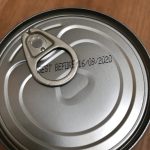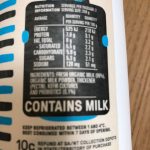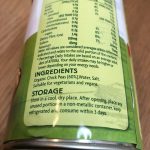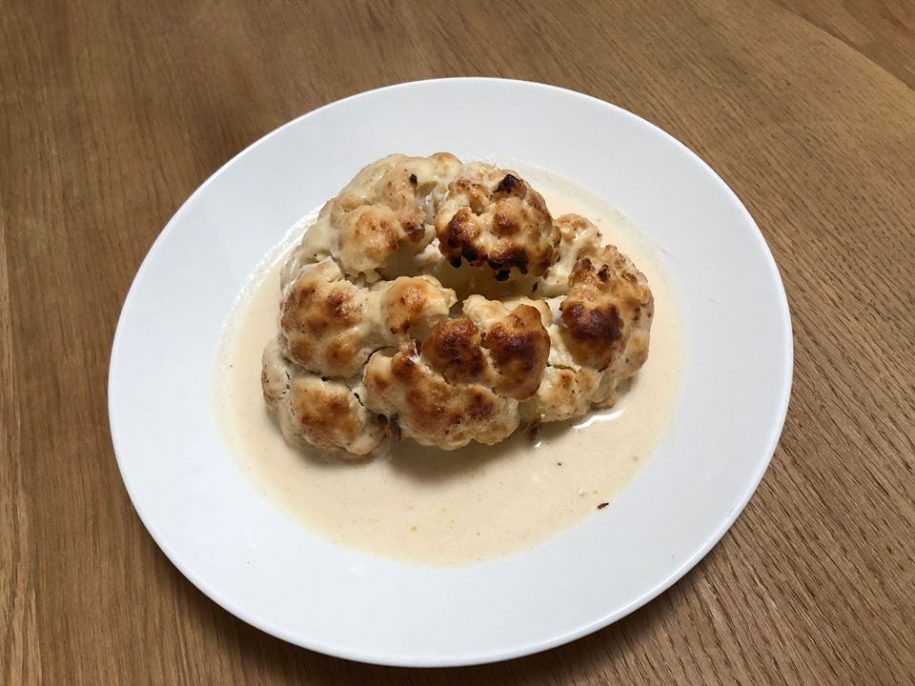
ROAST CAULIFLOWER WITH TAHINI SAUCE
I made this delicious roast cauliflower dish, the recipe of which was in The Age newspaper (Melbourne) on 20th February 2018. It is a recipe by Travis McAuley.
My photo does not do it justice, it was really good.
Roasted cauliflower with buttermilk and tahini dressing.
1 whole cauliflower
50ml extra virgin olive oil
sea salt to taste
100 ml buttermilk (I could not get buttermilk so used keffir instead – the bacteria in the keffir would not like the heat, but tastewise it worked well)
60g Greek yoghurt
juice 1/2 lemon
30g honey
30g tahini
Preheat oven to 220C (same if fan forced)
Wet two pieces of baking paper large enough to completely wrap the cauliflower. Lay one sheet across another. Rinse the cauliflower and place onto the centre of the two sheets. Drizzle with the extra virgin olive oil and season with salt. Bring up the edges to completely encase the cauliflower and tie with string. Roast for 55 minutes or until skewer inserts easily into the core.
To make the dressing whisk together the buttermilk, yoghurt, lemon juice, honey and tahini in a small bowl until smooth. Season to taste.
Remove the cauliflower from the oven and increase oven temperature to 220C. Cut the string form the package opening up the baking paper to expose the cauliflower. Spoon over half the dressing and return to the oven for 10 minutes.
Spoon over the remaining dressing return to the oven and bake cauliflower for another 10 minutes or until golden brown.



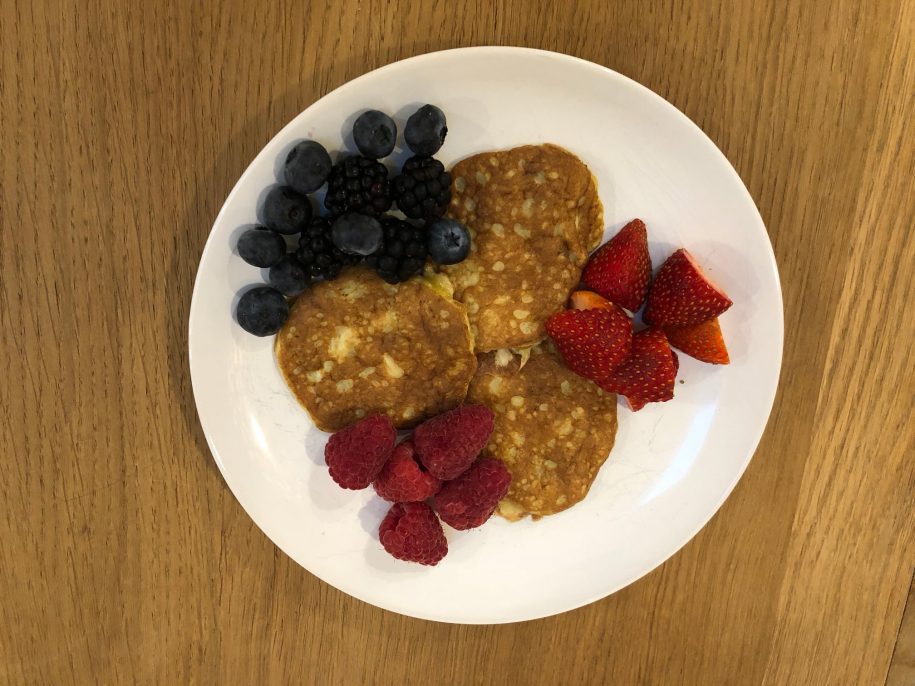
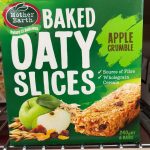 However, have a look at these Mother Earth (sounds healthy) Baked (sounds healthy) Oaty (sounds healthy) Slices and see how often sugar comes up in the ingredients in various forms. I counted sugar, or a variation of it, 7 times !!
However, have a look at these Mother Earth (sounds healthy) Baked (sounds healthy) Oaty (sounds healthy) Slices and see how often sugar comes up in the ingredients in various forms. I counted sugar, or a variation of it, 7 times !!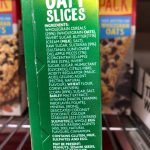
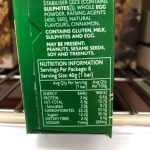
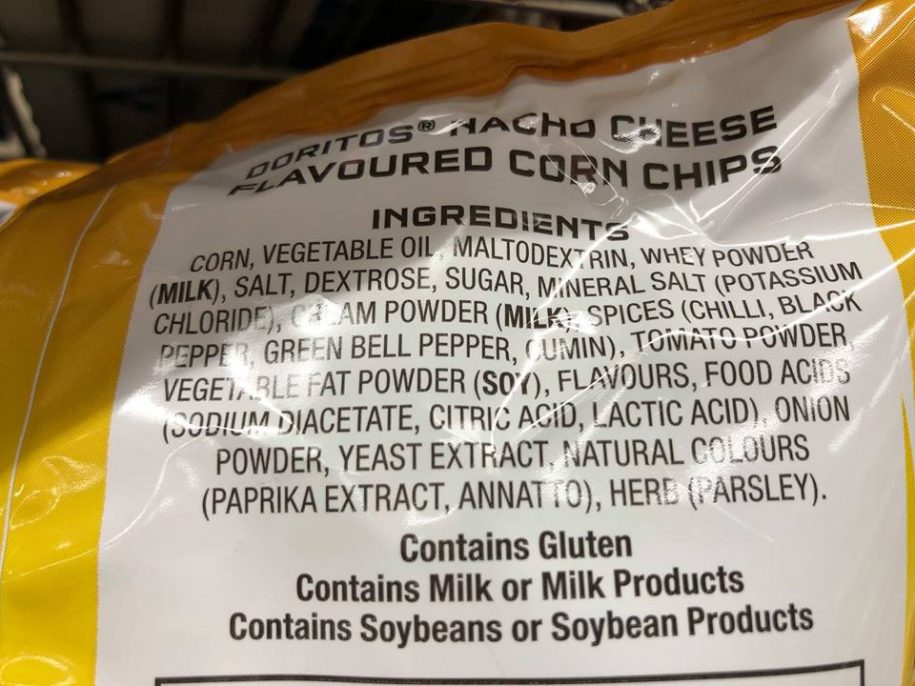

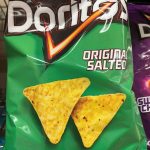
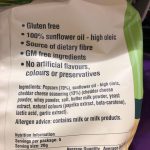
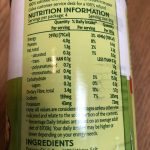 So for example in these photos, based on the above high and low ranges, the Chickpeas would be considered low in fat as total fat is 2.2% and they would be a good source of protein and fibre (not high, but good). Again based on the above, these Organic Oat Clusters, whilst the packaging is full of feel good blurbs, would be considered high in fibre at 9.7% but would also be considered high in fat at 20.3% and high in sugar at 20.3%.
So for example in these photos, based on the above high and low ranges, the Chickpeas would be considered low in fat as total fat is 2.2% and they would be a good source of protein and fibre (not high, but good). Again based on the above, these Organic Oat Clusters, whilst the packaging is full of feel good blurbs, would be considered high in fibre at 9.7% but would also be considered high in fat at 20.3% and high in sugar at 20.3%.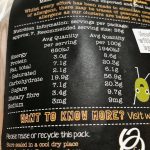
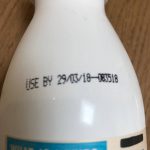 USE BY DATE: this is put on highly perishable food such as milk, yoghurt, meat packed in the supermarket. Shops cannot sell this food after this date. Even though it might not have signs of being off (visible mould or it smells) you should not eat it after this date.
USE BY DATE: this is put on highly perishable food such as milk, yoghurt, meat packed in the supermarket. Shops cannot sell this food after this date. Even though it might not have signs of being off (visible mould or it smells) you should not eat it after this date.